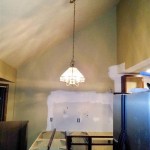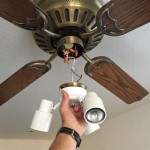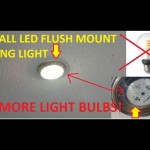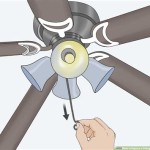1.
Insulating your basement ceiling is important to make your home more energy efficient and comfortable. It helps to keep warm air inside during the winter and keeps cool air inside during the summer. It can also help to reduce noise levels in the basement and make it more comfortable. When it comes to insulation for basement ceilings, there are several options available, including foam boards, cellulose insulation, and fiberglass insulation. This article will discuss the benefits of each type of insulation, as well as tips for successful installation.
The Benefits of Insulating Your Basement Ceiling
Insulating your basement ceiling offers a variety of benefits, including:
- Increased energy efficiency: Insulating your basement ceiling can help to keep warm air inside during the winter and keep cool air inside during the summer, reducing energy costs and helping you save money.
- Reduced noise levels: Insulation can help to reduce outside noise, making the basement a more comfortable space.
- Improved comfort: Insulation helps to keep the temperature more consistent throughout the basement, creating a more comfortable environment.
- Protection from moisture: Insulation can help to protect your basement from moisture, which can cause mold and mildew.
Types of Insulation For Basement Ceiling
When it comes to insulation for basement ceilings, there are several options to choose from, including:
- Foam boards: Foam boards are lightweight and easy to install. They are also non-toxic, fire-resistant, and water-resistant.
- Cellulose insulation: Cellulose insulation is made from recycled paper and is resistant to mold, mildew, and pests. It is also non-toxic and fire-resistant.
- Fiberglass insulation: Fiberglass insulation is the most common type of insulation. It is also non-toxic, fire-resistant, and water-resistant.
Tips For Successful Installation
Installing insulation for basement ceilings can be a complicated process. Here are some tips for successful installation:
- Choose the right insulation for your needs: It’s important to choose the right type of insulation for your basement ceiling. Consider the benefits and drawbacks of each type of insulation before making a decision.
- Measure and cut the insulation: Measure the space you need to fill with insulation and cut the insulation to fit. Make sure it fits snugly and is properly sealed.
- Install the insulation: Follow the manufacturer’s instructions for proper installation. Make sure to use safety gear, such as goggles and gloves, to protect your eyes and skin.
- Check for air leaks: After installation, check for any air leaks to make sure the insulation is properly sealed.
Conclusion
Insulating your basement ceiling is an important step in making your home more energy efficient and comfortable. There are several types of insulation available, each with its own benefits and drawbacks. It’s important to choose the right type of insulation for your needs and to follow the manufacturer’s instructions for proper installation. By taking the time to properly install insulation for your basement ceiling, you can save money on energy costs and improve the comfort of your home.














Related Posts








